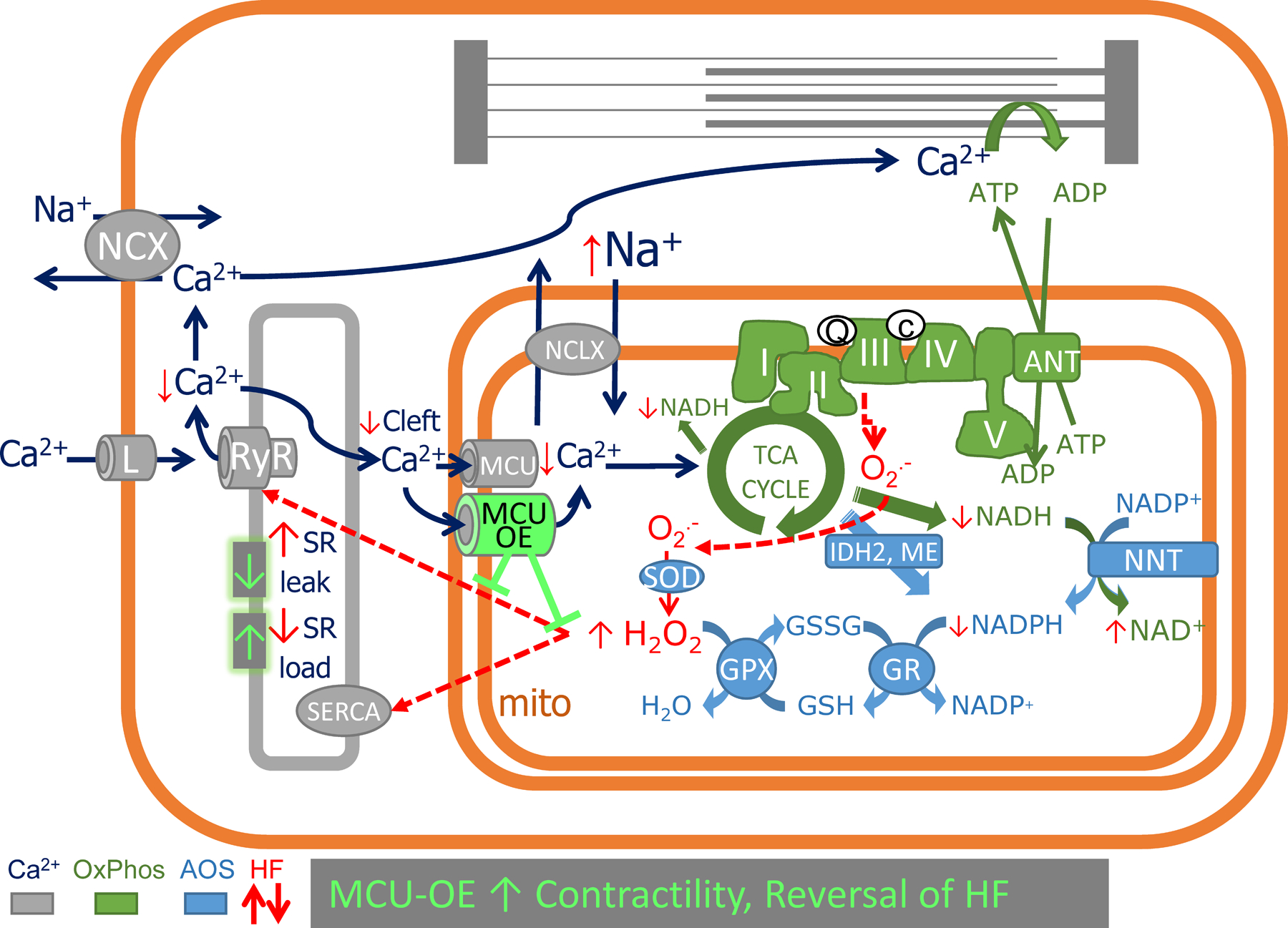Figure 7. Summary of the role of mCa2+ in the chain of events underlying cellular contractile/bioenergetic/redox dysfunction in HF.

Insufficient mCa2+ accumulation in HF occurs due to impaired Ca2+ release into the diadic/mitochondrial microdomain and acceleration of Ca2+ extrusion via NCLX as a result of cytosolic Na+ overload. Impaired mCa2+ signaling renders the HF cell unable to upregulate NAD(P)H production to meet cellular energy demands, compromising mitochondrial energy production (via NADH) and antioxidant capacity (via NADPH). Increased ROS emission increases RyR-mediated SR Ca2+ leak, resulting in cellular Ca2+ depletion via sarcolemmal NCX. The inability to maintain SR Ca2+ stores further exacerbates the mCa2+ insufficiency in a vicious cycle. MCU overexpression (MCU-OE) restores mitochondrial redox balance, decreases SR Ca2+ leak, increases SR Ca2+ load, and improves frequency- or b-adrenergic- dependent inotropy to prevent or reverse heart failure. AOS, anti-oxidant system; OxPhos, oxidative phosphorylation system; TCA, tricarboxylic acid; RyR, ryanodine receptor; SERCA, SR Ca2+ ATPase pump; L, L-type Ca2+ channel; ANT, adenine nucleotide translocator; NNT, nicotinamide nucleotide transhydrogenase; NCLX, mitochondrial Na+/Ca2+ exchanger; IDH2, isocitrate dehydrogenase 2; ME, malic enzyme; SOD, super oxide dismutase; GPX, glutathione peroxidase; GR, glutathione reductase.
